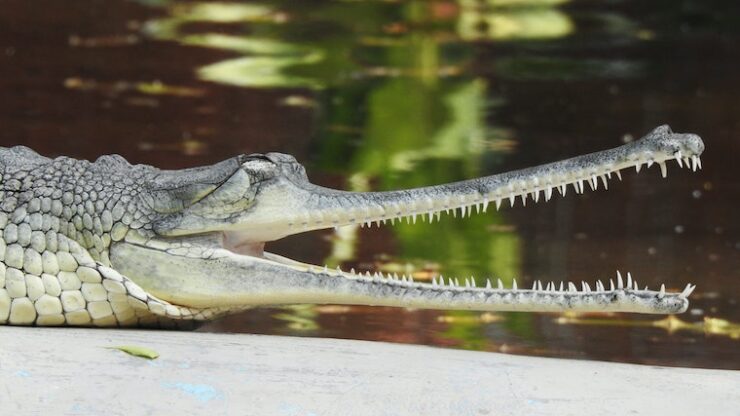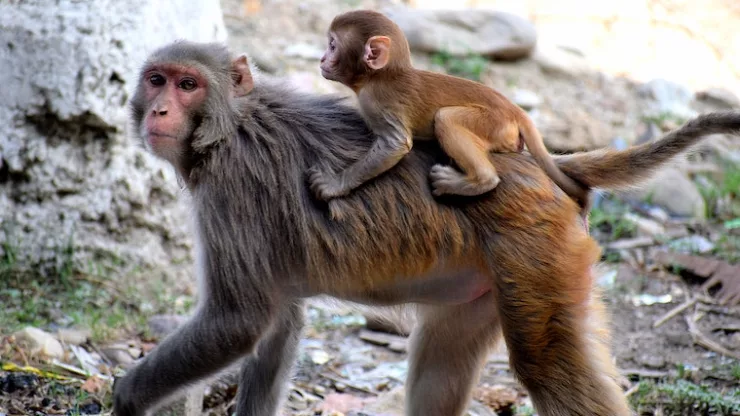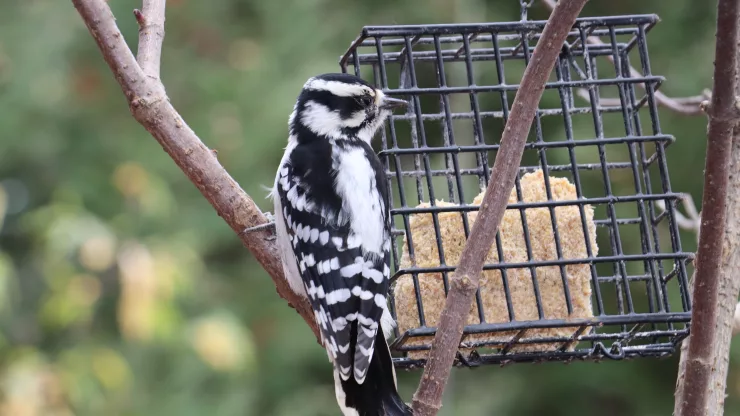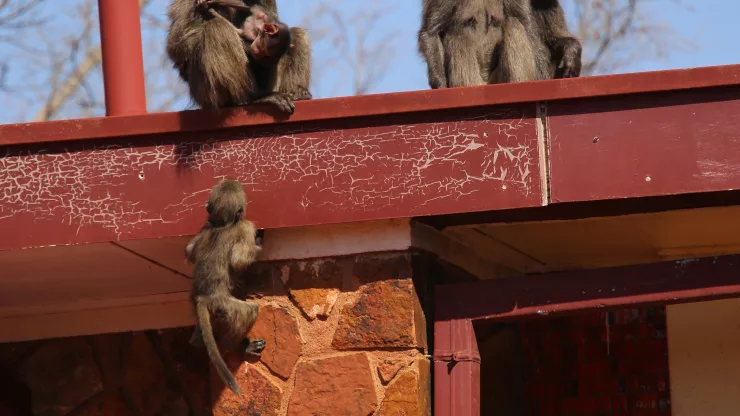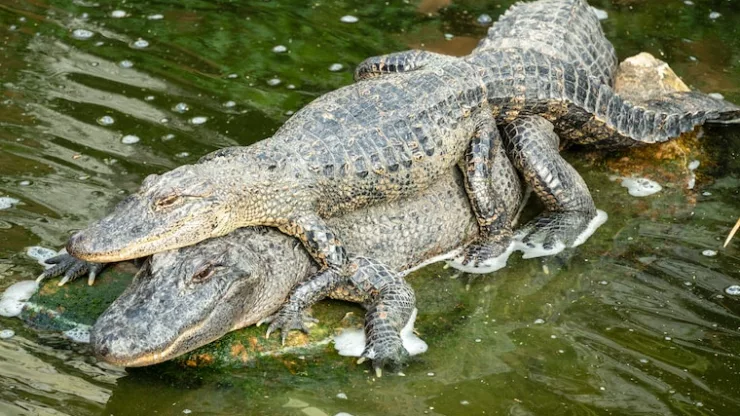Gharials are one of the most fascinating creatures in the animal kingdom.
These unique crocodilians are known for their long, narrow snouts that resemble the shape of a gharial or Indian fish.
Here are some interesting facts about gharials that you might not know:
- Gharials are native to the Indian subcontinent, and they can be found in rivers like the Ganges and Brahmaputra.
- Male gharials can grow up to 23 feet long, making them one of the largest freshwater crocodilians in the world.
- Female gharials are smaller than males, and they usually grow up to 14 feet long.
- Gharials have a distinctive snout with more than 100 sharp teeth, which they use to grab fish and other prey.
- Unlike other crocodilians, gharials have very thin and fragile teeth that are not suitable for crushing bones.
- Gharials have a unique sound that they make during the mating season. This sound, known as the “Gharial call,” resembles a mooing cow.
- Gharials are critically endangered, with only about 650 individuals remaining in the wild.
- The main threat to gharials is habitat loss and degradation, as well as overfishing of their prey species.
- Gharials are a protected species in India and Nepal, and conservation efforts are underway to save them from extinction.
- Gharials are culturally significant in India, where they are considered sacred and are revered as a symbol of good luck.
- Gharials are apex predators, and they play an important role in maintaining the balance of their ecosystem.
- Gharials are primarily fish-eaters, but they will also consume small mammals, birds, and reptiles.
- Gharials have a unique digestive system that allows them to digest bones and other indigestible materials.
- Gharials are excellent swimmers and can stay underwater for up to 45 minutes.
- Gharials are cold-blooded, which means that their body temperature is regulated by the environment.
- Gharials can live for up to 60 years in the wild.
- Female gharials lay their eggs in sandy riverbanks, and the eggs hatch after about 70 days.
- Gharial hatchlings are only about 8 inches long and are vulnerable to predation.
- Gharials have a streamlined body that allows them to move quickly through the water.
- Gharials have a third eyelid, or nictitating membrane, that protects their eyes while they are underwater.
- Gharials are social animals and will often bask in groups on sandbars or riverbanks.
- Gharials are fascinating creatures that are important to the ecology and culture of the Indian subcontinent.
FAQ
What is the difference between a gharial and a crocodile?
Gharials have a long, narrow snout that is specialized for catching fish, while crocodiles have a broader snout that is better suited for crushing bones.
What do gharials eat?
Gharials primarily eat fish, but they will also consume small mammals, birds, and reptiles.
Where do gharials live?
Gharials are native to the Indian subcontinent and can be found in rivers like the Ganges and Brahmaputra.
Why are gharials endangered?
Gharials are endangered due to habitat loss and degradation, as well as overfishing of their prey species.
What is being done to save gharials?
Gharials are a protected species in India and Nepal, and conservation efforts are underway to save them from extinction.
Are gharials dangerous to humans?
Gharials are not generally considered dangerous to humans, as they primarily eat fish and do not see humans as prey.

I am a fun fact enthusiast and creator of Facts On Tap.
I love to share my knowledge and curiosity with readers and inspire them to learn something new every day.
When I’m not writing, I enjoy traveling, reading, and playing trivia games with my friends.
